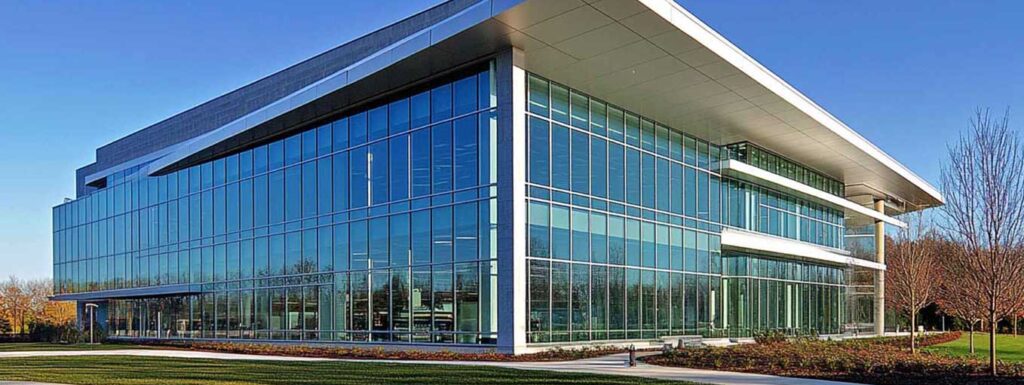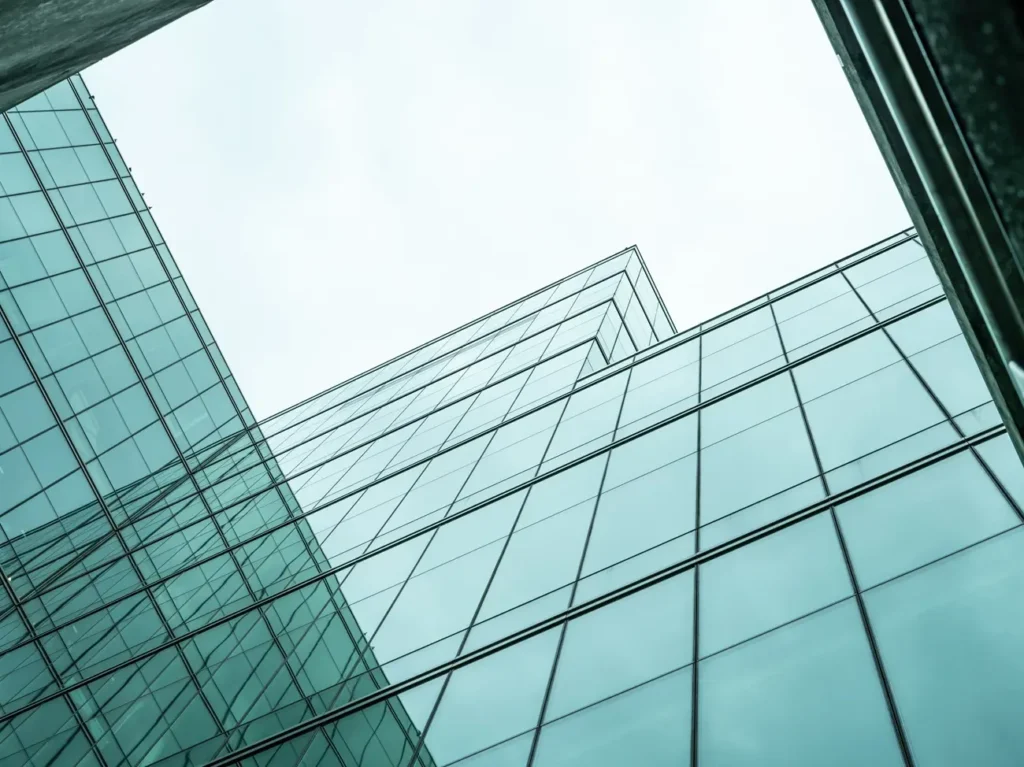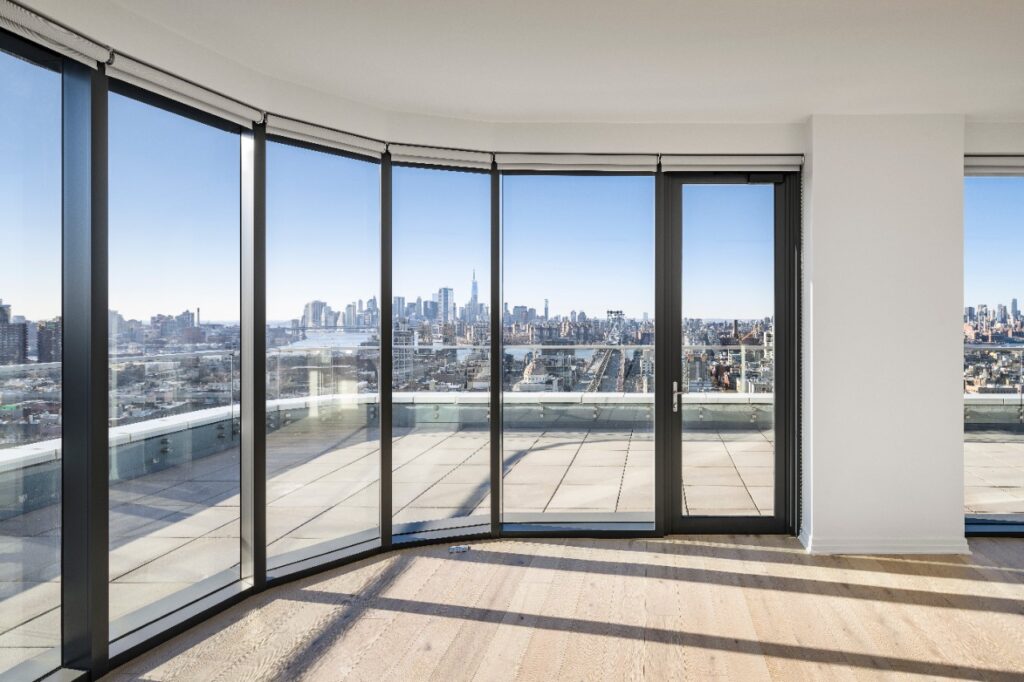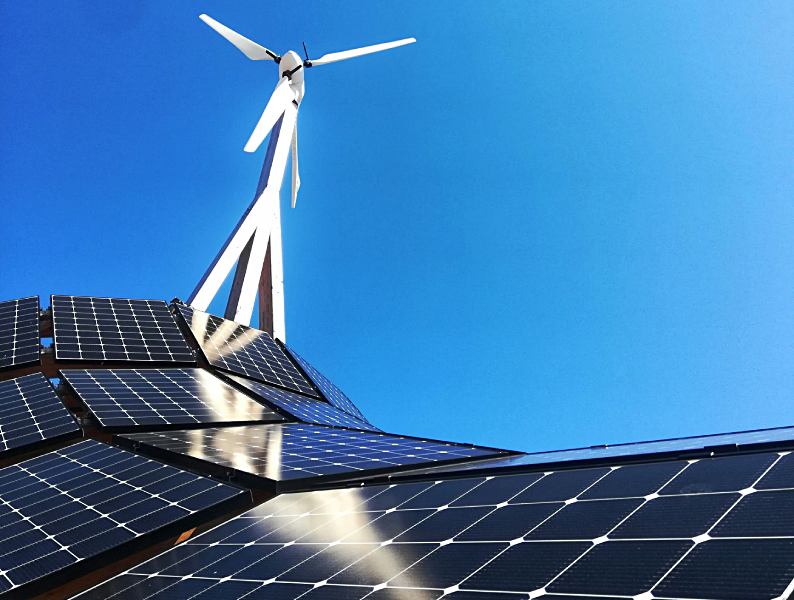Table of Contents
ToggleIntroduction: Building Tomorrow with Clarity
As the construction industry shifts toward greener solutions, the phrase “architectural glass for sustainable buildings” has become a focal point in eco-friendly design. Glass, once seen as merely an aesthetic element, is now a technological asset that bridges energy efficiency, daylight optimization, and minimal carbon footprint. With rapid advancements in glass innovation—from smart glazing to solar integration—architectural glass is redefining what it means to build sustainably.
This article explores why architectural glass for sustainable buildings is more than a trend—it’s a revolution shaping the future of architecture.
1. Understanding Architectural Glass in Green Architecture

Architectural glass refers to specially processed glass used for building facades, windows, doors, partitions, and even roofs. Unlike traditional glass, architectural glass for sustainable buildings incorporates advanced features like:
-
Low-E coatings
-
Insulated glazing units (IGUs)
-
Solar control films
-
Laminated safety features
By selecting the right glass type, architects and engineers can drastically reduce a building’s energy demands.
2. Types of Architectural Glass and Their Sustainable Benefits
Here’s a breakdown of glass types used in sustainable buildings and how they contribute:
| Glass Type | Feature | Sustainability Impact |
|---|---|---|
| Low-E Glass | Reflects infrared and UV rays | Reduces heat transfer and cooling loads |
| Double/Triple Glazing | Multiple panes with gas-filled space | Improves thermal insulation |
| Solar Control Glass | Filters out solar radiation | Cuts down air conditioning usage |
| Laminated Glass | Two sheets bonded with PVB layer | Enhances safety and UV filtering |
| Smart Glass | Changes transparency based on conditions | Reduces lighting and cooling needs |
| Recycled Glass Panels | Made from post-consumer recycled content | Minimizes carbon footprint |
These innovations make architectural glass for sustainable buildings an essential building material in modern construction.
3. Energy Efficiency Through Advanced Glazing

One of the strongest arguments for architectural glass is its ability to reduce energy consumption. According to the U.S. Department of Energy, windows are responsible for 25–30% of residential heating and cooling energy use. With high-performance glazing, buildings can:
-
Reduce HVAC load
-
Maintain indoor thermal comfort
-
Qualify for green building certifications (LEED, IGBC, BREEAM)
Using architectural glass for sustainable buildings ensures a solid return on investment through long-term energy savings.
4. Daylighting: More Light, Less Power

Incorporating architectural glass allows designers to optimize natural daylight. Daylighting:
-
Improves indoor ambiance
-
Boosts productivity in workspaces
-
Reduces reliance on artificial lighting
By carefully placing high-transmittance glass panels, architects can reduce lighting energy consumption by up to 60%.
5. Thermal and Acoustic Comfort
Modern urban environments are bustling, noisy, and subject to temperature extremes. Architectural glass for sustainable buildings addresses both with:
-
Thermal insulation: Keeping interiors warm in winter and cool in summer
-
Acoustic insulation: Blocking noise pollution from roads, airports, and industrial zones
Double or triple-glazed IGUs with gas fillings and laminated inner layers achieve both goals seamlessly.
6. Solar Power Integration with Glass

Imagine glass that generates power.
Building-integrated photovoltaics (BIPV) are transforming glass façades into energy generators. These include:
-
Photovoltaic glass panels integrated into curtain walls
-
Semi-transparent solar windows
-
Thin-film solar coatings
They allow buildings to offset energy use with on-site generation, aligning perfectly with zero-energy goals.
7. Safety, Durability, and Low Maintenance
Sustainable design isn’t only about energy—it also encompasses safety, lifespan, and maintenance. Glass now meets strict safety and performance benchmarks:
-
Toughened glass resists impact and thermal stress
-
Laminated glass holds together even when shattered
-
Self-cleaning coatings reduce water usage and cleaning chemicals
Thus, architectural glass for sustainable buildings balances functionality with long-term viability.
8. Aesthetic Freedom Without Environmental Cost
Eco-friendly architecture doesn’t have to compromise on beauty. Glass enables:
-
Sleek, modern facades
-
Customized tints and patterns
-
Artistic applications in interiors
This makes it ideal for both commercial skyscrapers and residential eco-homes. Designers can express creativity while still fulfilling sustainability criteria.
9. Green Building Certifications and Glass
Using architectural glass for sustainable buildings contributes to points in green rating systems like:
-
LEED (Leadership in Energy and Environmental Design)
-
IGBC (Indian Green Building Council)
-
BREEAM (Building Research Establishment Environmental Assessment Method)
Contributions include:
-
Energy optimization
-
Material reuse
-
Indoor environmental quality
These certifications enhance building value and tenant desirability.
10. Life Cycle Analysis: Glass vs. Traditional Materials
A Life Cycle Assessment (LCA) shows that glass, when used smartly, has a smaller environmental footprint compared to concrete or aluminum.
Comparative Emission Chart (over 50 years):
| Material | Embodied Carbon (kg CO₂/m²) | Recyclability | Energy Savings |
|---|---|---|---|
| Glass (Low-E) | 10–20 | High | High |
| Concrete | 100–150 | Low | Low |
| Aluminum | 70–90 | Medium | Medium |
Smart specification of glass leads to net-positive performance over the building’s lifetime.
11. Global Trends & Market Outlook
The global architectural glass market is expected to surpass USD 160 billion by 2030, driven by:
-
Government incentives for green construction
-
Urban verticalization (tall, glass-intensive buildings)
-
Tech advancements like smart and solar glass
Asia-Pacific, led by countries like India and China, is at the forefront of this revolution.
12. Challenges and How to Overcome Them
No material is perfect. Here are common concerns and how they’re addressed:
| Challenge | Solution |
|---|---|
| High initial cost | Long-term energy savings and tax incentives |
| Heat gain in hot climates | Use of solar control or spectrally selective coatings |
| Glare and UV exposure | Tinted/laminated glass with UV filters |
| Breakage under stress | Use of toughened or laminated safety glass |
The technology is advancing rapidly, making architectural glass for sustainable buildings more accessible than ever.
Conclusion: A Transparent Path to Sustainability
Architectural glass is no longer just a design choice—it’s a strategic investment in sustainability. With capabilities ranging from energy conservation and solar harvesting to aesthetics and indoor wellness, glass stands out as the material of the future.
As we move toward net-zero targets and carbon neutrality, embracing architectural glass for sustainable buildings is not just wise—it’s essential. The future truly is clear.
✅ Summary Table
| Aspect | Why Glass is Ideal |
|---|---|
| Energy Efficiency | Reduces HVAC and lighting load |
| Eco-Certifications | Earns LEED/IGBC points |
| Daylighting | Maximizes natural light |
| Aesthetic Versatility | Sleek, customizable appearances |
| Safety & Durability | Impact resistance, thermal stress handling |
| Solar Integration | BIPV and solar control glazing |
| Maintenance | Self-cleaning and long-lasting |
